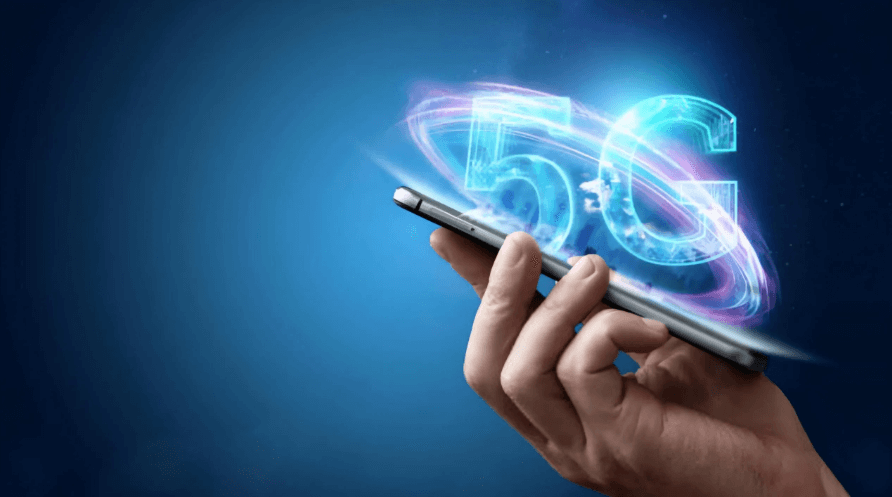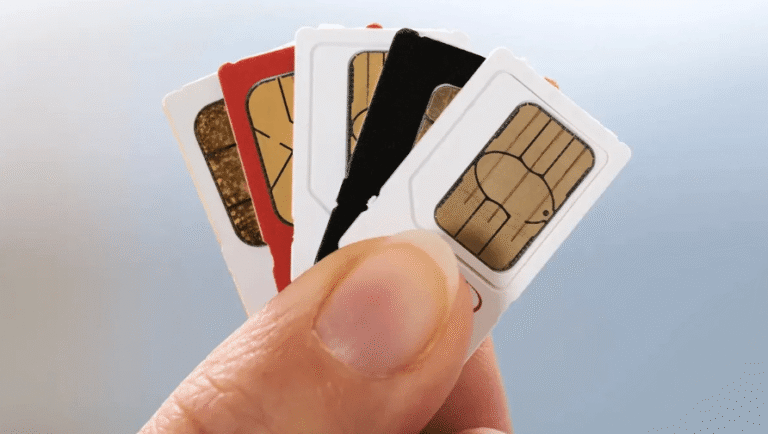How to Convert 4G to 5G Mobile Activate
In today’s digital age, mobile technology has rapidly advanced, with 5G being the latest buzzword in the telecommunications industry. While 4G is still widely used, the availability of 5G networks offers faster speeds, lower latency, and improved overall performance. So, how do you convert your mobile from 4G to 5G? In this article, we’ll explore everything you need to know about activating 5G on your device, from requirements to step-by-step instructions, and the benefits of upgrading.
What is 5G and How Does it Differ from 4G?
Before diving into the process of converting your 4G mobile to 5G, let’s first understand what 5G is and how it differs from 4G.
Understanding 5G Technology
5G stands for the fifth generation of mobile networks. It is designed to offer faster speeds, lower latency, and greater capacity than previous networks. 5G is expected to play a significant role in driving advancements in various sectors, including healthcare, gaming, autonomous vehicles, and the Internet of Things (IoT).
Key Differences Between 4G and 5G
- Speed: 5G networks are up to 100 times faster than 4G networks, enabling quicker downloads and smoother streaming.
- Latency: 5G offers lower latency, which reduces the delay between sending and receiving data, improving real-time communication.
- Capacity: 5G can handle more connected devices simultaneously, making it ideal for smart cities and IoT applications.
- Coverage: 5G networks are designed to offer better coverage in urban areas and densely populated regions.
Do You Need a 5G-Compatible Phone?
To access 5G services, you need a mobile device that is compatible with 5G technology. Here’s what you need to check:
1. Check If Your Phone Supports 5G
Not all smartphones support 5G. Older models, or those that were released before 2020, typically do not support 5G. To check if your phone supports 5G, refer to the specifications in your phone’s user manual or visit the manufacturer’s website.
2. Ensure You Have the Correct SIM Card
In addition to a 5G-compatible phone, you will also need a 5G-enabled SIM card. If you’re unsure, contact your carrier to verify that your SIM card supports 5G.
How to Convert 4G to 5G Mobile Activate
Once you’ve confirmed that your phone and SIM card are compatible with 5G, it’s time to activate 5G. Here’s a step-by-step guide to convert your 4G device to 5G:
Step 1: Ensure You Are in a 5G Coverage Area
The first thing you need to ensure is that you are in a location where 5G coverage is available. Without 5G coverage from your carrier, you won’t be able to switch from 4G to 5G, no matter how much you try.
Step 2: Update Your Mobile Software
Sometimes, mobile carriers release updates that enable 5G functionality on devices that were previously limited to 4G. To check for a software update:
- Open your Settings app.
- Scroll down and tap on Software Update or System Updates.
- If an update is available, download and install it. This may unlock the 5G functionality if it’s supported by your carrier.
Step 3: Switch to 5G in Settings
On many smartphones, you can manually select which type of network (4G, 5G, etc.) you want to use. To enable 5G:
- Open the Settings app.
- Scroll down and tap on Mobile Networks or Network & Internet.
- Tap on Preferred Network Type or Network Mode.
- Select 5G from the available options. Some phones might list 5G/4G Auto as an option, which allows the phone to switch between 5G and 4G based on availability.
Step 4: Restart Your Device
After making the necessary changes in your settings, restart your device to ensure the changes take effect. Once your phone restarts, it should automatically detect the 5G network if you are within a 5G coverage area.
Step 5: Verify the 5G Connection
Once your phone restarts, you should see the 5G logo or icon in the status bar at the top of your screen. This indicates that your device is connected to the 5G network. If you don’t see the 5G icon, check your network settings again or ensure that you’re in an area with strong 5G coverage.
Troubleshooting Common Issues
If you’re having trouble converting your mobile from 4G to 5G, here are some common issues and solutions:
1. Poor 5G Coverage
In some areas, 5G coverage may be limited. If you’re in a region with weak or no 5G signal, your phone will fall back to 4G or LTE. You can check with your carrier for the status of 5G availability in your area.
2. Network Settings Not Configured
Sometimes, your phone may not automatically switch to 5G if your carrier hasn’t updated the settings for your specific model. In this case, contact your mobile provider to ensure your account and SIM card are provisioned for 5G.
3. Device Incompatibility
If your phone is not 5G-compatible, you won’t be able to activate 5G. In this case, you may need to upgrade to a new 5G-compatible device.
4. Carrier Restrictions
Some carriers restrict access to 5G for specific plans. Ensure that your mobile plan supports 5G access. If not, you may need to upgrade your plan to one that includes 5G service.
Benefits of Switching to 5G
There are several advantages to upgrading your mobile network to 5G. These benefits include:
1. Faster Download and Upload Speeds
5G networks offer significantly faster speeds than 4G, which means quicker downloads, uploads, and streaming. Whether you’re downloading large files, playing online games, or watching high-definition videos, 5G can make a noticeable difference.
2. Enhanced Gaming Experience
With lower latency and faster speeds, 5G can improve your gaming experience. Multiplayer games, cloud gaming, and augmented reality (AR) applications will perform much better on 5G.
3. Improved Video Streaming
If you enjoy streaming movies or TV shows, 5G offers a smoother experience with fewer interruptions. It supports high-quality video streaming in 4K and even 8K resolution without buffering.
4. Support for More Devices
5G can support more connected devices simultaneously. As smart homes, wearables, and other IoT devices become more popular, 5G networks will be able to handle the increased demand.
FAQs About Converting 4G to 5G Mobile
1. Can I upgrade my 4G phone to 5G?
You can’t directly upgrade a 4G-only phone to support 5G. You need a 5G-compatible phone to access the 5G network.
2. Is 5G available everywhere?
5G coverage is still being expanded globally. It’s available in many major cities, but rural and remote areas may have limited 5G access.
3. Do I need to change my SIM card for 5G?
In most cases, yes. You’ll need a 5G-compatible SIM card to access 5G services. Check with your carrier for details.
4. How do I check if 5G is enabled on my phone?
You can check your phone’s network status by looking for the 5G icon in the status bar or by going into your network settings to verify that 5G is selected as the preferred network mode.
5. Will 5G work with all mobile carriers?
Not all carriers offer 5G services, so make sure your mobile provider supports 5G in your area. You may need to change your plan or carrier if 5G is not available.
6. What are the benefits of 5G?
5G offers faster download speeds, lower latency, better network capacity, and improved experiences for gaming, streaming, and smart devices.
Conclusion
Converting your 4G mobile to 5G activation is a relatively simple process, provided that your phone and SIM card are compatible, and you’re in a 5G-enabled area. The benefits of switching to 5G are immense, offering faster speeds, lower latency, and the ability to connect more devices. By following the steps outlined in this guide, you can enjoy the next generation of mobile connectivity and enhance your overall mobile experience.


